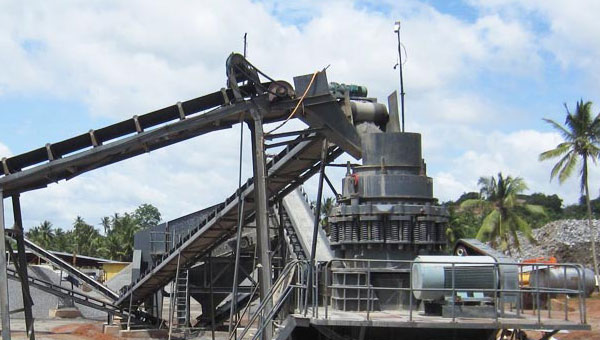The extraction and processing of non-metallic ores play a pivotal role in various industries, including construction, agriculture, and manufacturing. In the heart of these operations lies the non-metallic ore crusher machine, a critical component responsible for breaking down raw materials into manageable sizes. This article explores the significance, types, and innovations surrounding quarry non-metallic ore crusher machines.

The Significance of Non-Metallic Ore Crusher Machines
Non-metallic ores encompass a wide range of minerals, including limestone, gypsum, salt, clay, and more. These materials are vital in constructing buildings, producing cement, manufacturing ceramics, and creating fertilizers. The non-metallic ore crusher machine is the primary tool for reducing these ores into granular or powdery forms suitable for various industrial processes.
Types of Non-Metallic Ore Crusher Machines
- Jaw Crusher: Jaw crushers are versatile machines commonly used in quarries. They employ a movable jaw and a stationary plate to crush non-metallic ores by applying pressure. Jaw crushers are known for their simplicity, reliability, and ease of maintenance.
- Impact Crusher: Impact crushers use a high-speed rotor to impact non-metallic ores, breaking them into smaller pieces. These machines are excellent for producing finely crushed materials, often used in the production of concrete aggregates.
- Cone Crusher: Cone crushers operate by compressing non-metallic ores between a mantle and a concave. They are ideal for crushing hard and abrasive materials, making them suitable for tasks like crushing granite or basalt.
Innovations in Non-Metallic Ore Crusher Machines
- Automation: Modern crushers are increasingly equipped with automation systems that enhance operational efficiency and safety. These systems can adjust the crusher settings automatically based on the material being processed, optimizing production.
- Energy Efficiency: To reduce operational costs and environmental impact, manufacturers are designing crushers with improved energy efficiency. This includes innovations in motor technology and the use of advanced materials in crusher construction.
- Remote Monitoring: Remote monitoring and diagnostics capabilities allow operators to track the performance of crushers in real-time. This helps in identifying issues early, reducing downtime, and improving maintenance planning.
- Material Handling: Integrated material handling systems streamline the process from extraction to crushing. Conveyor belts, loaders, and automated material handling equipment ensure a continuous flow of material to the crusher.
- Environmental Considerations: Crusher manufacturers are increasingly focused on reducing dust emissions and noise levels associated with crushing operations. Dust suppression systems and noise-reducing technologies are being integrated into crusher designs.
